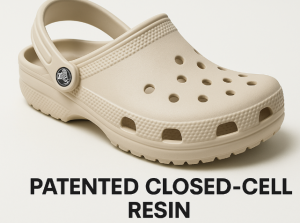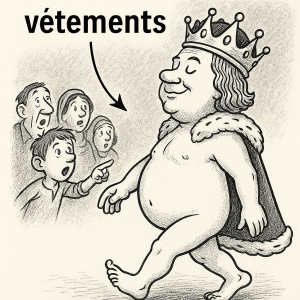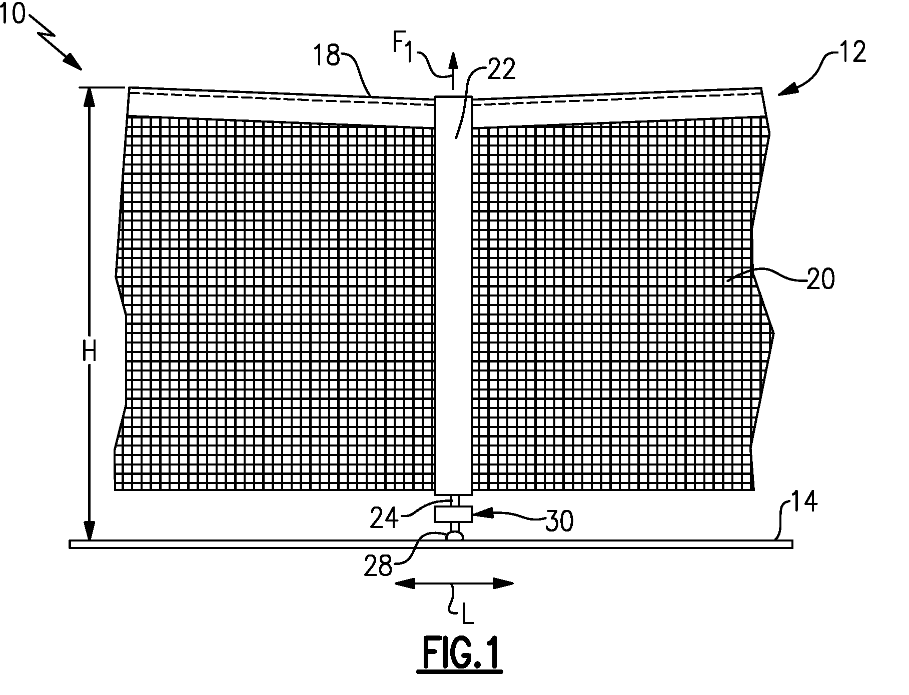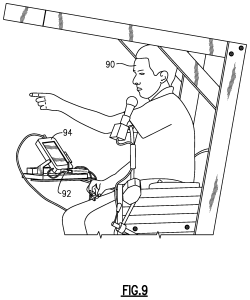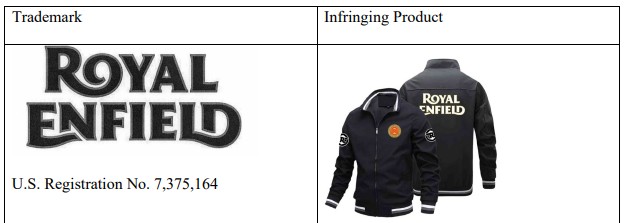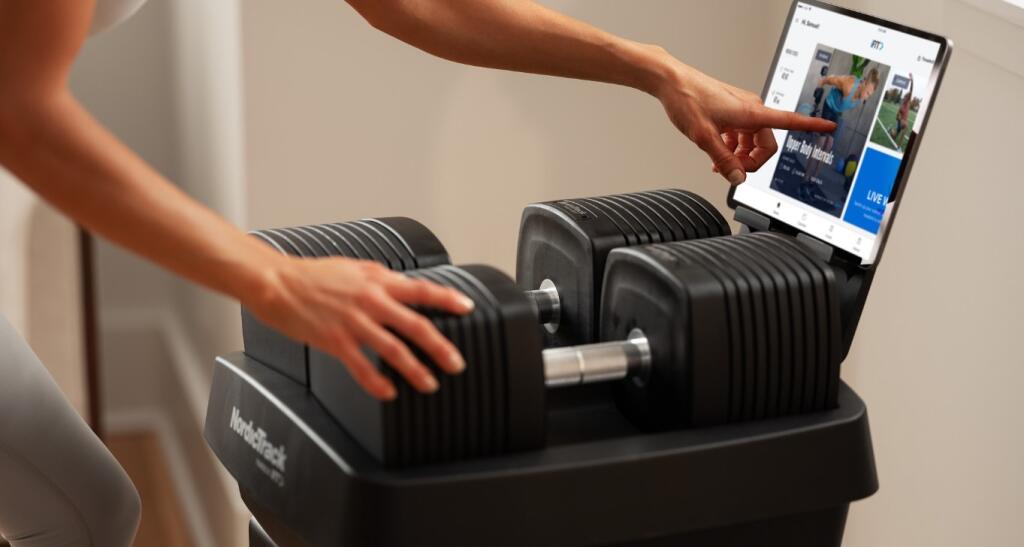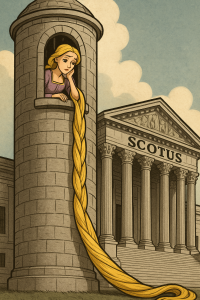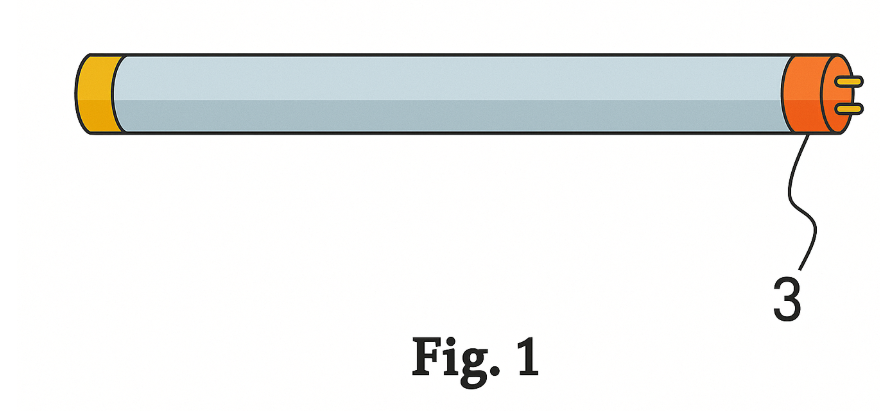A new en banc petition challenges the Federal Circuit's odd approach to double-patenting and patent term adjustment issues stemming from In re Cellect, 81 F.4th 1216 (Fed. Cir. 2023) and Allergan USA, Inc. v. MSN Laboratories Private Ltd., 111 F.4th 1358 (Fed. Cir. 2024). As I discuss below, the new case is Acadia Pharmaceuticals Inc. v. Aurobindo Pharma Ltd., No. 2024-1401 (Fed. Cir. 2025) and the patentee is the current winner -- but the patent challenger (MSN) believes that the court's ruling is improper because it insulates a PTA-extended patent from ODP invalidity based upon the Allergan exception - thereby allowing two obvious patents to coexist with different expiration dates, without restrictions on divided ownership, and effectively prolonging exclusivity. [Acadia v. Aurobindo Petition]
Obviousness-type double patenting (ODP) is a judicially-created doctrine with shifting justifications that has evolved over more than 150 years. Originally designed to prevent patent owners from extending exclusivity beyond the term of an original patent by obtaining subsequent patents for obvious variations of the same invention, see Miller v. Eagle Manufacturing Co., 151 U.S. 186 (1894), the doctrine's rationale has morphed significantly over time. Early cases like Odiorne v. Amesbury Nail Factory, 18 F. Cas. 578 (1819), focused on preventing indefinite patent term extension, while later decisions have emphasized theories of public dedication of unclaimed subject matter and prevention of harassment through multiple enforcement actions by different assignees. See In re Hubbell, 709 F.3d 1140 (Fed. Cir. 2013).
The 1995 Uruguay Round Agreements Act (URAA) fundamentally altered patent terms from 17 years from issuance to 20 years from the earliest effective filing date. This change eliminated the most egregious ODP concerns since patents with common priority dates would typically expire simultaneously. Gilead Sciences, Inc. v. Natco Pharma Ltd., 753 F.3d 1208 (Fed. Cir. 2014). But, Congress's introduction of patent term adjustment (PTA) in 1999, codified at 35 U.S.C. § 154(b), to compensate patentees for USPTO examination delays reintroduced variability in expiration dates among family members sharing priority dates. Most patents are part of a family, and it is common for one or more to have received an ODP rejection - overcome with a terminal disclaimer. Notably, the PTA statute contains a provision (§ 154(b)(2)(B)) that terminal disclaimers filed to overcome ODP forfeit any PTA beyond the disclaimed expiration date.
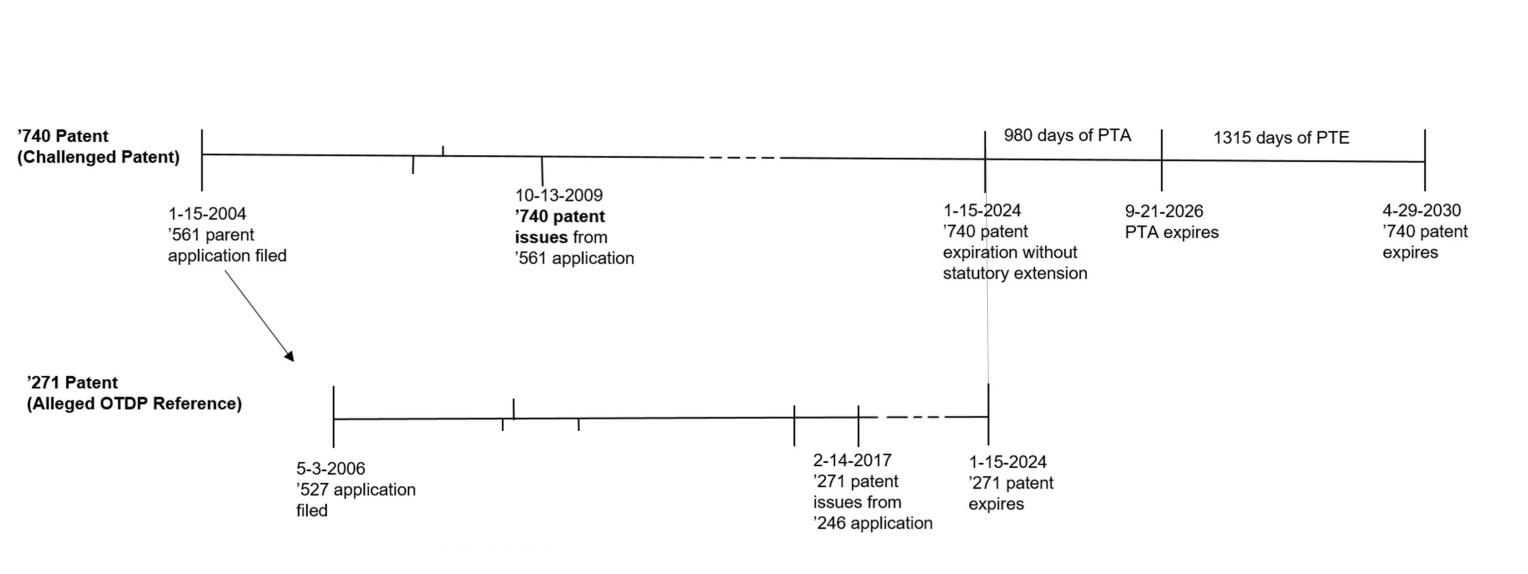
The setup in the bulk of these cases reflects a structural quirk of patent prosecution. In a family where two patents/applications claim obvious variations of the same invention, the USPTO only polices double patenting a situation where one patent has already issued and an application is still pending claiming an obvious variant. For the issued patent, its prosecution is closed, and the Office does not ask the owner to go back and file a terminal disclaimer to synchronize its term with issued family members. This practice made sense when term was calculated from issuance date - the later issued would normally always expire later. But today it is actually more common for earlier issued patents to expire later -- that is because prosecution is often longer in the first application than in continuations. As a result, the disclaimer requirement falls only on the follow-on application, while the first-issued patent retains whatever PTA the statute provides. This asymmetry is at the heart of the current controversy: whether the judiciary should treat those earlier patents as vulnerable to ODP challenges?
The chart above shows this setup for Acadia. The ’740 patent was filed first (1/15/2004), issued first (10/13/2009), and—absent any adjustment—would have expired on 1/15/2024, but it received 980 days of PTA that pushed its term to 9/21/2026 (the subsequent PTE to 4/29/2030 is not at issue here). The later‑filed family member, the ’271 patent, issued on 2/14/2017 with no PTA and therefore expired on the ordinary 20‑year date, 1/15/2024. The ODP question is whether that later‑filed, later‑issued, earlier‑expiring ’271 patent can be used invalidate the '740 patent since no terminal disclaimer was filed in the parent.
